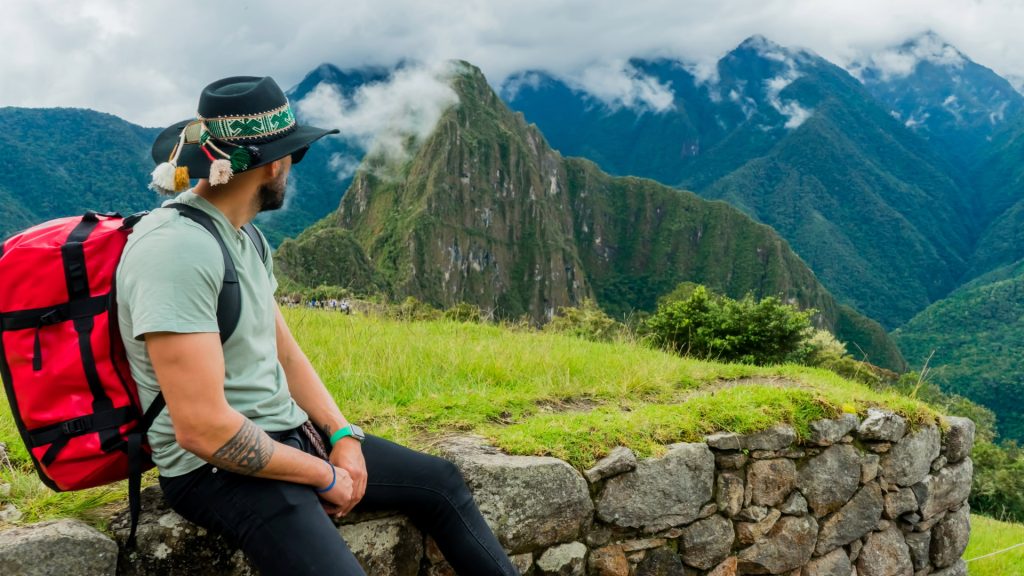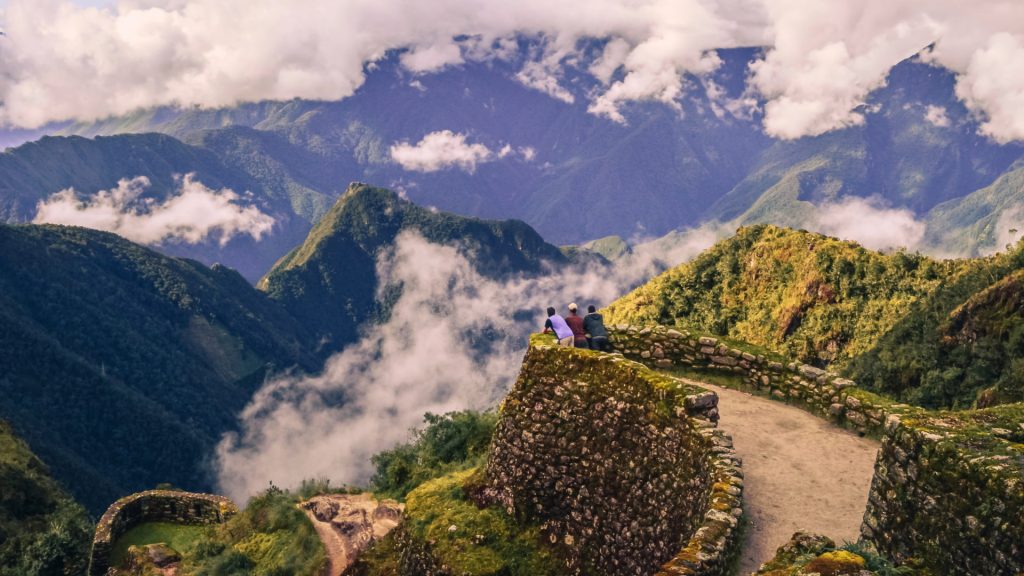The Essential Guide to Inca Trail Archaeological Sites by Local Experts
The Classic Inca Trail is undoubtedly one of the most iconic trekking routes in Peru and around the world. This ancestral route, built by the Inca civilization, is much more than a path; instead, it is a corridor connecting stunning landscapes and revealing a unique history. Understanding the heritage of the inca trail archaeological sites you will visit transforms the journey. The trail itself is a breathtaking landscape full of Andean flora, fauna, and ecosystems. This entire journey transports every visitor to a place full of history and adventure, thereby providing a truly unique trekking experience based on cultural immersion.

The Qhapaq Ñan: The Network of History
The Inca Trail network, known as the Qhapaq Ñan, was an extensive system of roads. Crucially, it was strategically built by the Incas. These paths facilitated trade, communication, and administration across their vast empire. Consequently, the Classic Inca Trail route that leads to Machu Picchu is considered one of the best hikes in South America, combining history, nature, and adventure tourism seamlessly. Walking this trail allows travelers to follow the footsteps of the Incas, experiencing the same sacred route that once connected them to the Lost City of the Incas.
A Guide’s View: The Stones that Whisper
A local tip from our guide, Juan: «When you reach a difficult, steep set of Inca steps, notice the precision of the stone cutting. The Incas built these for resilience, not speed. Slow down. Touch the stones. You are touching the same path walked by the ancient Chasquis (Inca runners) centuries ago.» This is the true connection of the journey. The trail itself is a marvel of Inca architecture. It shows their mastery of adapting structures to rugged Andean terrain. The Incas’ legacy is not just in Machu Picchu; it is visible in every single step of the trail.

Main Inca Trail Archaeological Sites
Along the Inca Trail trekking route, hikers encounter fascinating archaeological centers. These sites reveal the Inca Empire’s engineering and spirituality. Our Expertise Local ensures you understand the historical significance of each one. We focus on the history and not just the view.
| Site Name (Quechua Meaning) | Function | Day on the Trail |
|---|---|---|
| Llactapata (Town on the Slope) | Agricultural and Storage Center | Day 1 (Viewpoint) |
| Runkurakay (Egg Basket) | Tambo (Resting Point) and Watchtower | Day 2 |
| Sayacmarca (Inaccessible Town) | Strategic Lookout / Religious Site | Day 3 |
| Phuyupatamarca (City Above the Clouds) | Water Ritual Center / Tambo | Day 3 |
LLACTAPATA:
This archaeological complex, often seen from afar, offers a spectacular panoramic view of Machu Picchu (though the official site is often the focus). Its terrace system suggests agricultural and religious significance, making it a perfect stop to appreciate Inca architecture surrounded by lush vegetation.

RUNKURAKAY:
A circular Inca ruin that served as a tambo, or resting point for Chasquis (Inca messengers). Its location, surrounded by diverse Andean flora and fauna, makes it ideal for travelers who love ecotourism and nature observation. Furthermore, the distinct circular design is unique among the inca trail archaeological sites.
SAYACMARCA:
Located about 2 km from Runkurakay, this site stands dramatically on a mountainside cliff. It offers insight into the strategic construction of the Incas. The platforms and narrow paths showcase their architectural mastery and adaptation to rugged terrain. Our guides emphasize the site’s function as a control and observation point.

PHUYUPATAMARCA:
Meaning «City above the Clouds» in Quechua, this site sits at 3,580 meters above sea level. It is famous for its terraces and ceremonial fountains, which represent the Inca connection to water and agriculture. Furthermore, it is one of the best-preserved inca trail archaeological sites and a highlight for photographers.
The Final Approach: History and Reward
The final part of your journey brings you closer to the grand finale. This concluding stretch is a section rich with spiritual significance, culminating in a Classic Inca Trail experience that is truly unique. Here, history and personal achievement blend into a powerful moment. Key Sites on the Final Descent:
WIÑAY WAYNA:
Translating to «Forever Young,» this stunning site within the Machu Picchu Sanctuary features terraced hillsides, ritual baths, and houses of the Inca elite. It is often a favorite stop for trekkers due to its panoramic views and spiritual ambiance. An anecdote from our guides: If you look closely, the terraces form a crescent moon, a subtle nod to the Inca reverence for the moon goddess, Mama Quilla. This is a detail only a local expert would point out.
INTI PUNKU (Sun Gate):
The final checkpoint before reaching Machu Picchu, the Sun Gate offers the most iconic sunrise view over the citadel of Machu Picchu. Historically, during Inca times, it likely served as a control point for visitors entering the sacred city. Today, it is the ultimate reward for every Inca Trail hiker.

Why Choose the Classic Inca Trail Hike?
The Classic Inca Trail is more than a hike; it is rather a spiritual and cultural pilgrimage through ancient Inca history and breathtaking Andean landscapes. This challenging trek rewards you with spectacular mountain scenery, cloud forests, and a deep sense of connection to the past. Hiking the Inca Trail to the Sun Gate lets travelers immerse themselves in Andean culture, discover the inca trail archaeological sites, and experience the majestic arrival at Machu Picchu after days of trekking through sacred mountains.
Your journey through the inca trail archaeological sites is an act of respect for this ancient path. It reflects the Ethical and Conscious commitment you have to your journey. By traveling with a 100% Peruvian operator, you ensure your trip to the Classic Inca Trail 4 Days is safe, successful, and supports Authentic local living . Book your adventure with the experts who put safety and sustainability first.



